The D-Day miracle that you’ve never heard of
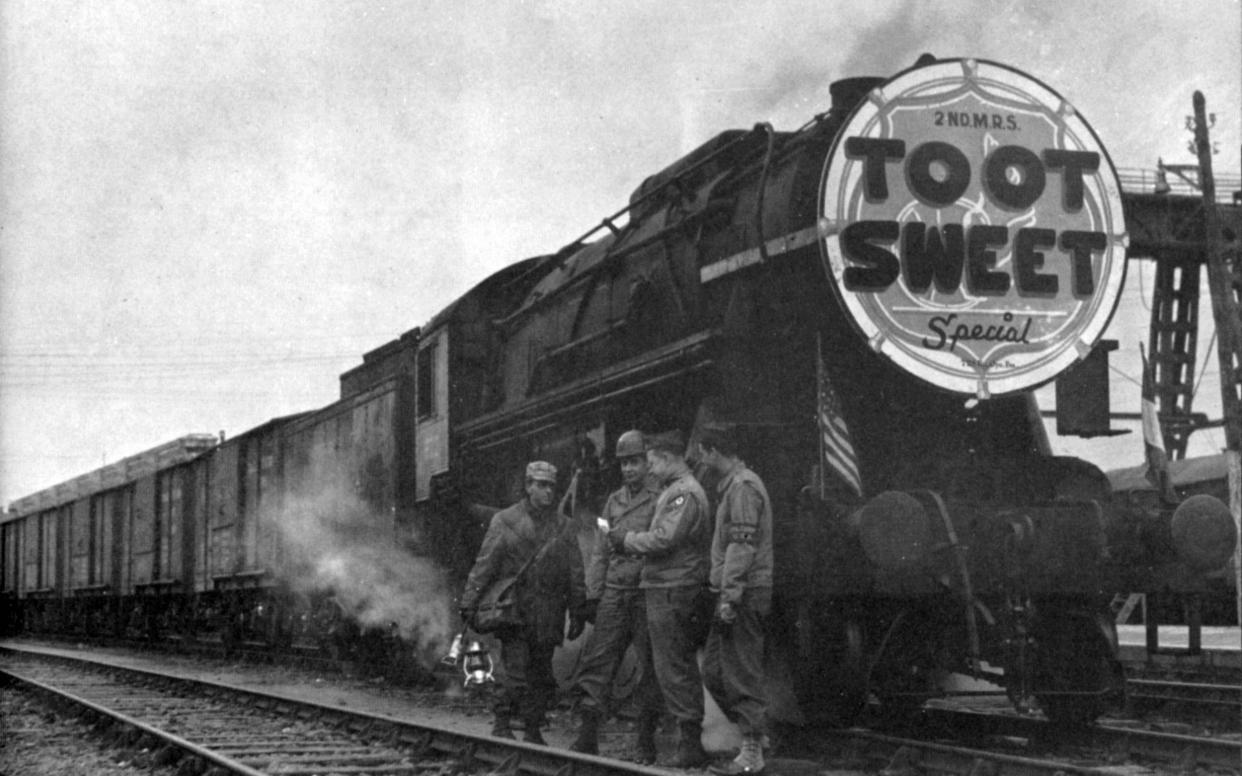
General George Patton was always a man in a hurry. As a cavalryman who wore breeches long after horses were no longer on the front line, he wanted his troops to be constantly on the move – and he made sure they were.
In August 1944 the 58-year-old from Los Angeles was handed responsibility for the Third Army, charged with sweeping through France towards Germany as swiftly as it possibly could.
Allied forces had finally broken out of the lodgement, the small area of Normandy that had been taken and retained in the first two months since D-Day, but progress had been painfully slow in the face of German resistance, notably in Caen, and difficulties with the supply chain, down to the limited capacity of the recently captured port of Cherbourg and the necessity to keep using the beaches.
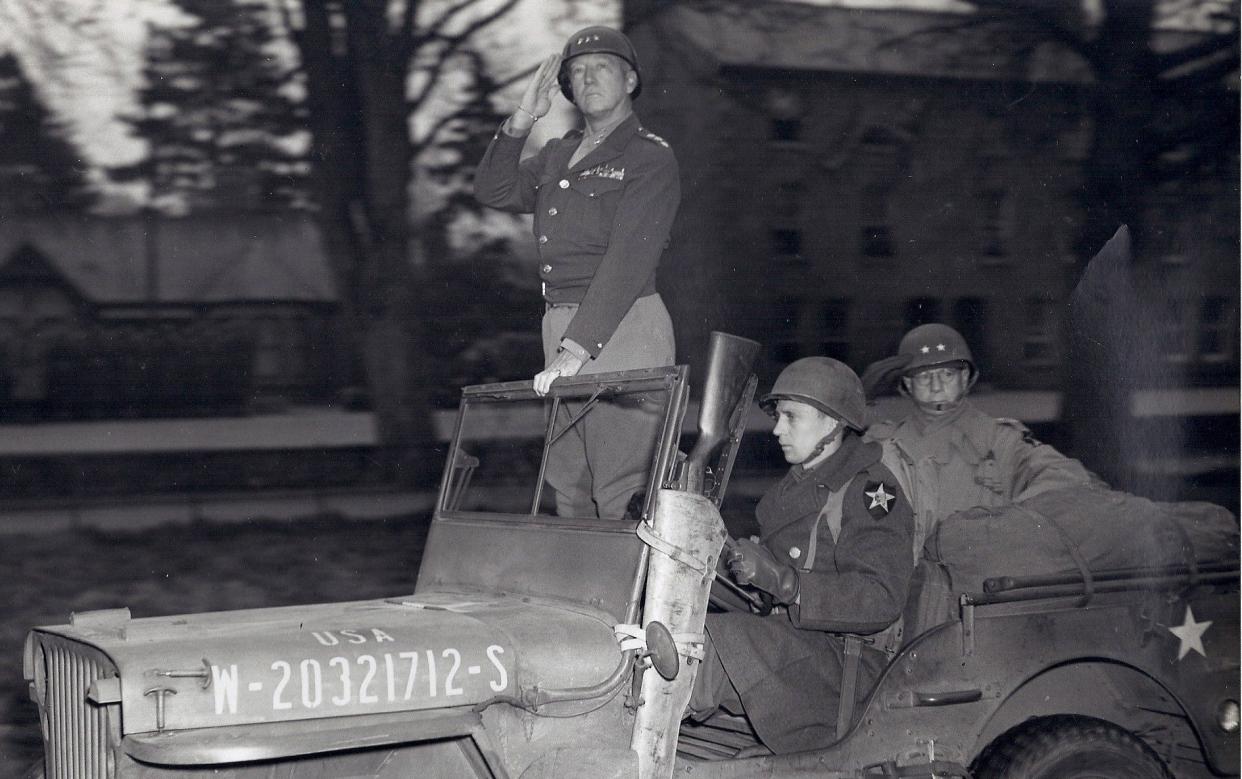
Once German lines were breached by Operation Cobra, launched on July 25, however, there was no stopping Patton’s army. He was so anxious to ensure his troops left the Cotentin peninsula on the only narrow road in Allied hands that for a couple of hours he acted as traffic policeman, waving through the armoured cars and trucks of his own army. His troops rapidly reached Le Mans, some 135 miles from Cherbourg, but then encountered a problem.
The Third Army had outrun its supply lines and the railway, which was crucial to keep supplies flowing, had been destroyed by a combination of Allied bombing and sabotage by the Résistance.
The coverage of wars is dominated by big guns and large bangs but most of the action takes place far behind the lines. And the soldiers keeping open the vital supply lines to the front are often left out of the story. They faced many of the same dangers as those further forward and yet few chroniclers of war give them much of a mention. Patton, though, understood their importance. He knew that he could not continue to advance without ammunition and, even more importantly, fuel.
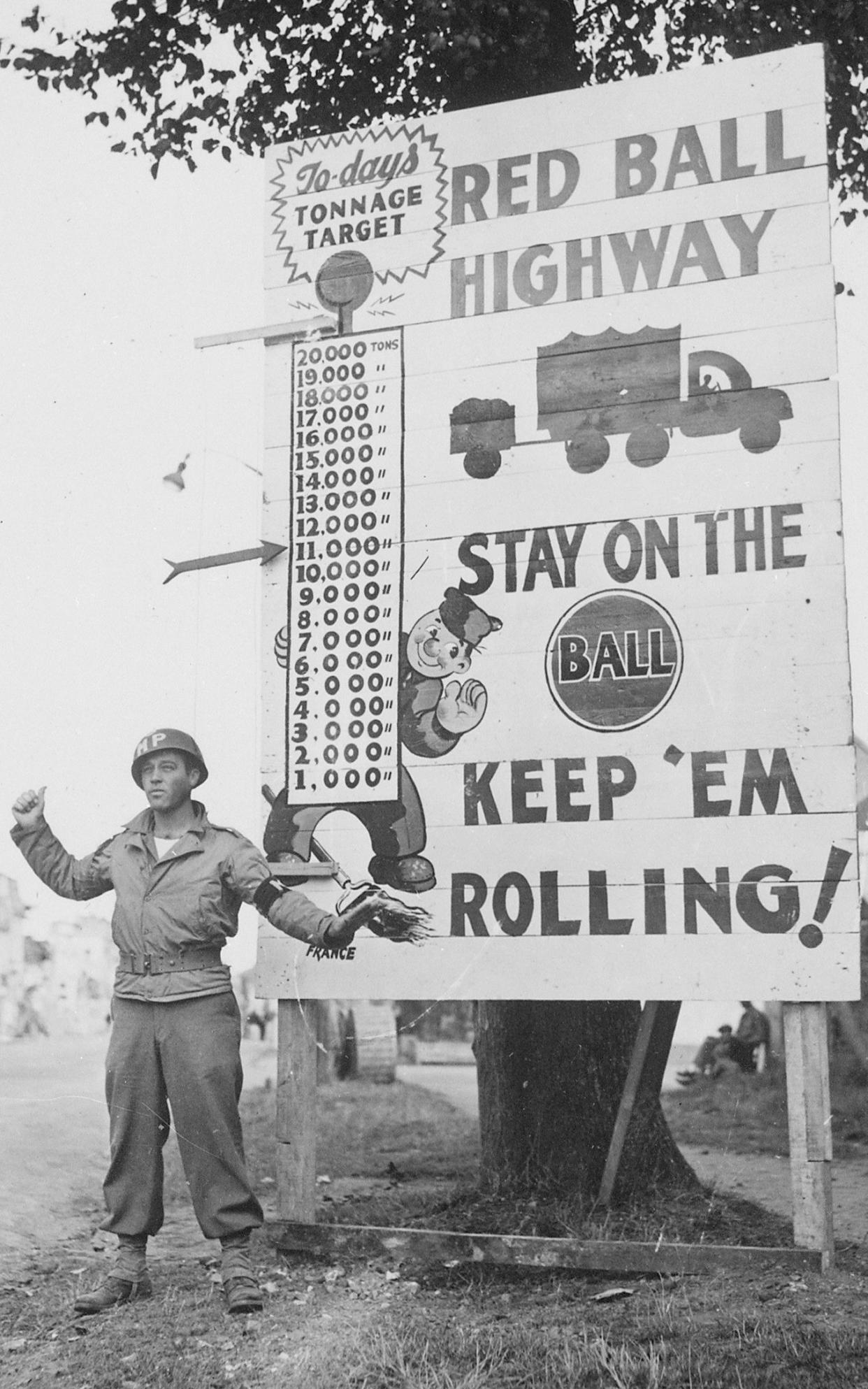
On Saturday Aug 12 he issued one of the most remarkable orders of the war: “General Patton has broken through and is striking rapidly for Paris. He says his men can get along without food but his tanks and trucks won’t run without gas. Therefore the railroad must be constructed to Le Mans by Tuesday midnight.”
Patton wanted 30 trains, each carrying 1,000 tons of fuel and ammunition, to reach Le Mans as quickly as possible, and suggested that the urgency was such that, if necessary, “one man per foot” should be deployed. As a subsequent report into this episode explains, “unless railway reconstruction could be pushed more rapidly, the Third Army would be halted for lack of supplies.” To Patton that was unthinkable.
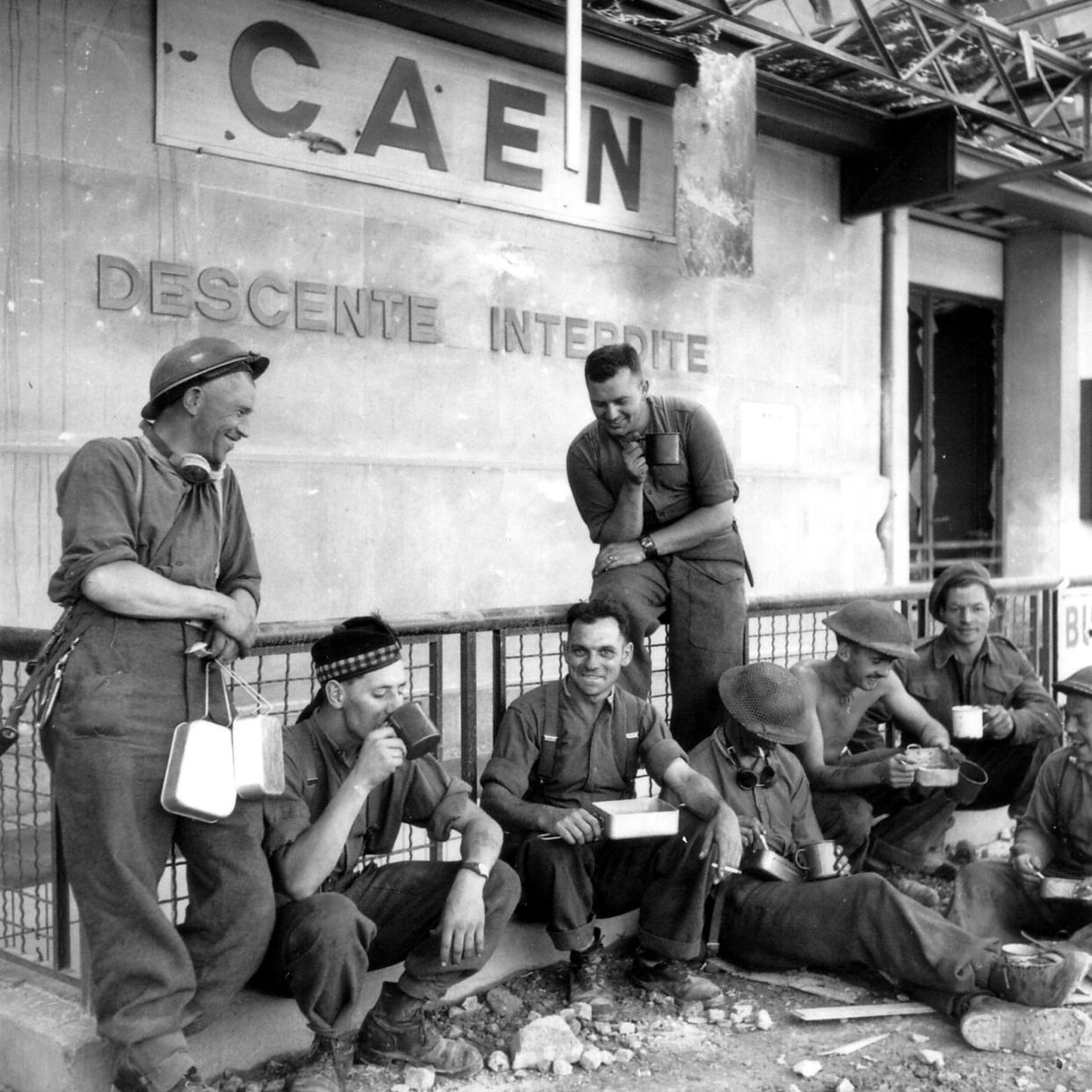
What the order meant was that 100 miles of wrecked railway had to be brought into use in just 75 hours. The officer in receipt of the instructions was one of those unknown heroes thrown up by war whose modesty and diligence mean they are never in the limelight and are later forgotten.
Colonel Emerson Itschner, the 41-year-old commander of the US Army Corps of Engineers in Northern France, was the perfect man for the job. A lifelong military engineer from Chicago, who had served in Alaska and Mississippi, he had previously been responsible for the crash building programme of military airports in the US as part of the response to Pearl Harbor.
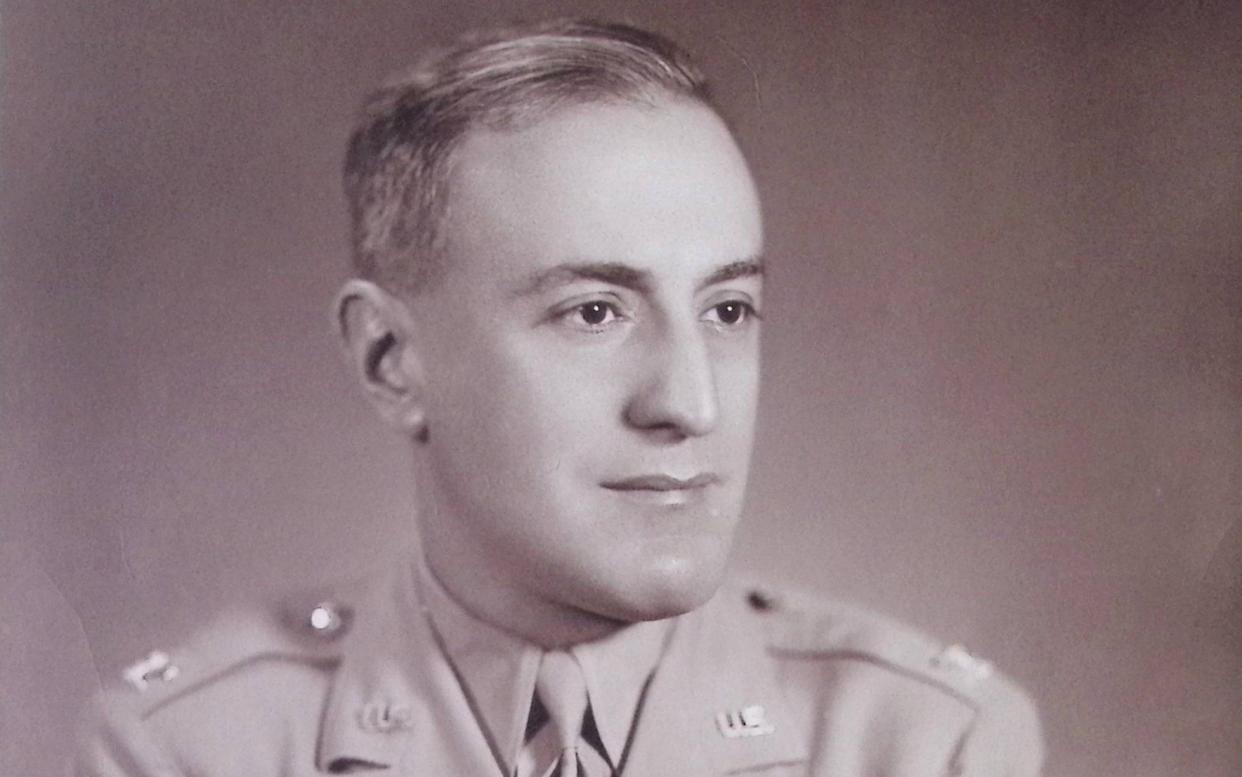
As soon as he learnt of the order, Itschner flew over the area in a tiny Piper Cub aircraft, braving pot shots from German troops, and realised that the main line on which two major bridges had been blown could not be brought into use quickly enough.
Instead, helped by reconnaissance photographs taken by Col Eliott Roosevelt, the president’s son, he devised a route through the forests and hedgerows of southern Normandy, using a smaller branch line that would normally have only seen service by a couple of chugging passenger trains a day.
Now, despite extensive damage to the route including fallen bridges, damaged embankments and numerous bomb craters, it had to be brought back into use. Troops were called up from all around the conquered territory and more than 10,000 were deployed for what was later described by the official military historian as the “greatest railroad engineering feat” of the war.
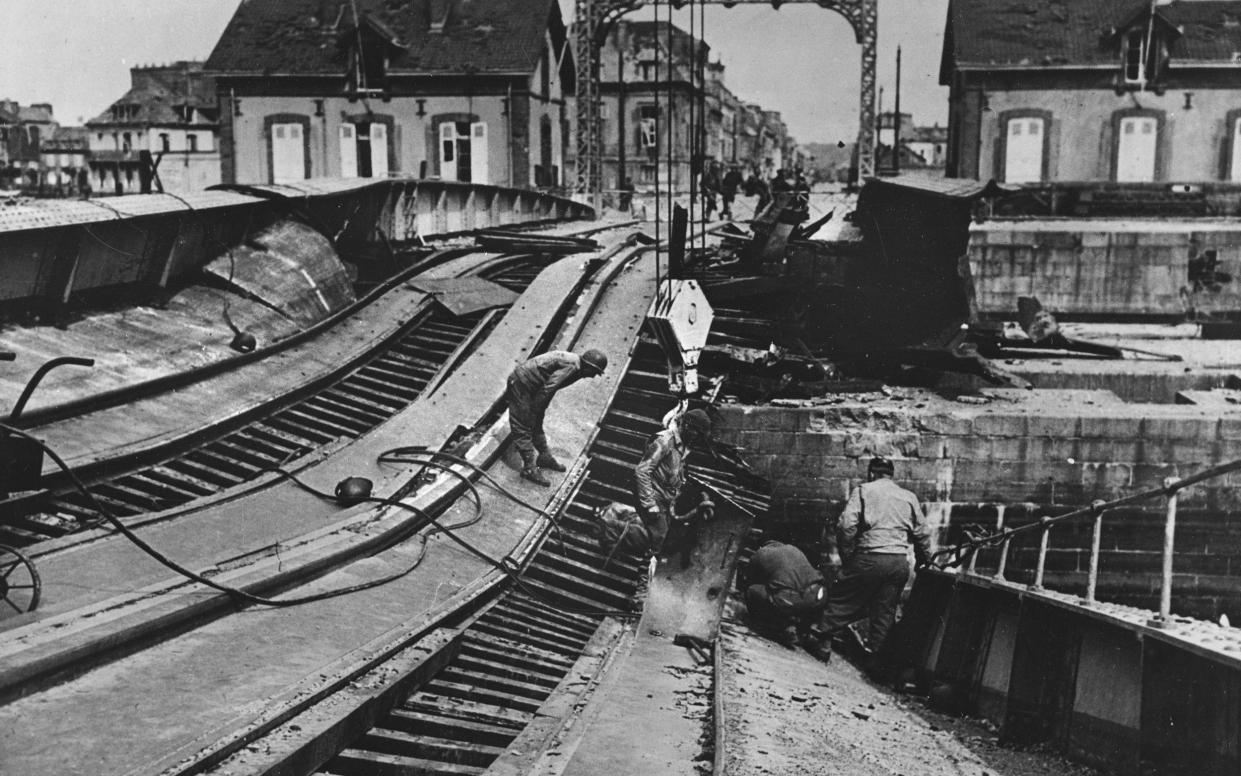
A mere three days after his first reconnaissance flight over the area, Itschner was able to observe the completed reconstruction of the line, including the message laid out by his men in white cement next to the bridge which had proved the most troublesome to rebuild: “WILL FINISH AT 2000”.
The initial journeys of heavily loaded trains on rickety lines through the forest were perilous, with no signalling other than the odd cigarette lighter held up by a GI emerging from the dark and with drivers who had only ever operated trains in the US.
When the first train arrived in Le Mans, the stationmaster refused to believe they had come from Cherbourg as he knew the bridges on the main line had been blown up and thought the minor diversionary route had been equally impassable. But by Aug 25, Patton was at the Eiffel Tower.
That was not the end of the role of the railways, however. Quite the opposite. The iron road was to play a crucial role in supporting the sweep of the Allied forces through northern France, Belgium, Holland and eventually into Germany. The reliance on trucks in the early part of the invasion demonstrated that road transport on the windy pre-autoroute Routes Nationales network was unsustainable.
A train operated by just three or four men could carry the same load as dozens of trucks, each requiring a couple of men behind the wheel and using far greater amounts of fuel. That simple equation had been well understood by the planners of Operation Overlord, the retaking of Normandy from the Germans, and they had consequently ensured that railway equipment and the men to operate it were given top priority on the Channel crossings.
Within a week of D-Day, railwaymen were at work along the Normandy coast reconnoitring the lines that had been destroyed only a few weeks before in order to hamper German attempts to reinforce their defensive lines.
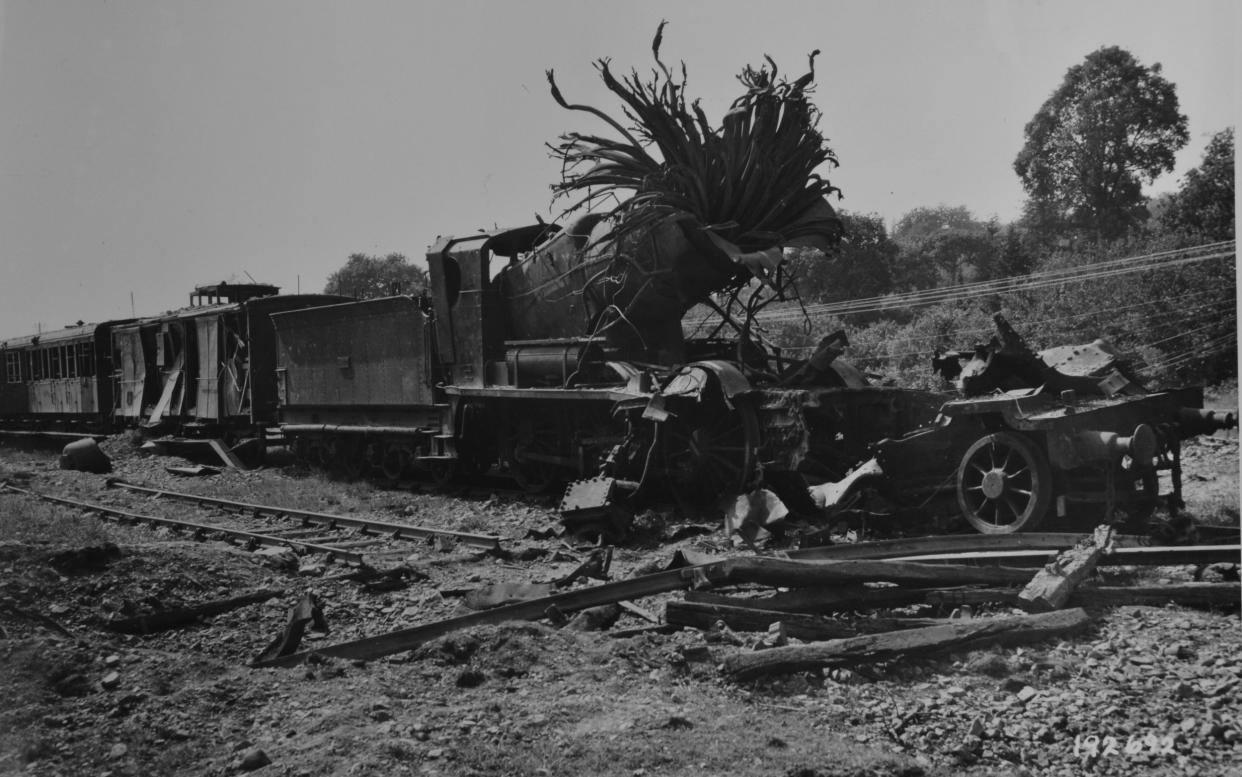
Cherbourg’s capacity was greatly expanded and it became the conduit for a rail network that stretched right through to the frontier with Germany 500 miles away until the port of Antwerp was opened in November. That in turn became the entry point for the freight that would be carried towards the front largely by rail.
Around 50,000 British and American troops were carried across the Channel to rebuild and operate the railways, which were entirely under military control. The American-led Military Railway Service briefly became the largest railway service in the world. In broad terms, about two-thirds of the supplies which arrived over the Channel were taken by rail.
The sheer numbers involved in the exercise demonstrate that without the rapid reconstruction of the railways and their intensive use, the war would have been prolonged, quite possibly into 1946.
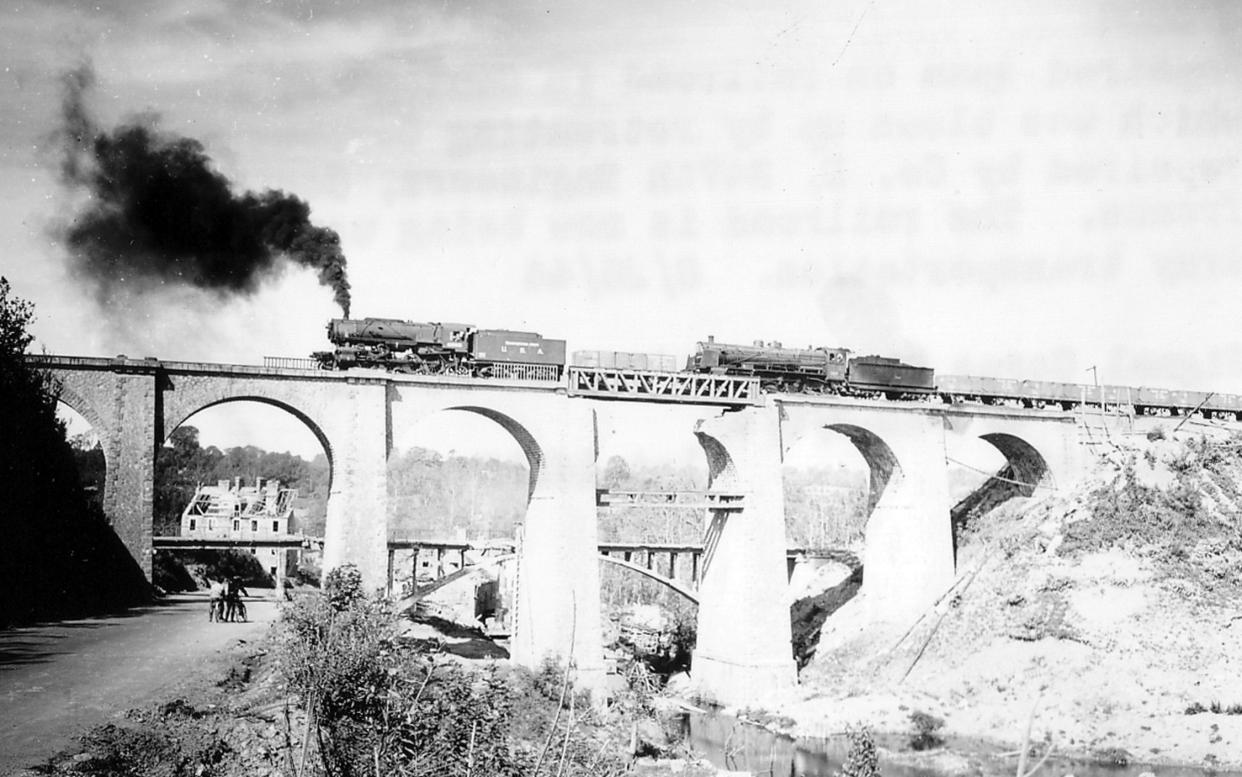
The troops worked in astonishingly difficult conditions and faced perils both from the enemy and from the necessarily lax safety standards on hastily cobbled-together lines. Rail workers were targeted by female spies engaged in information-gathering on the nature of goods being carried. Sniper attacks resulted in one case in the gunman’s death from the thrust of a bayonet.
The role of the railway was surprisingly diverse, with 50 ambulance trains taking injured back behind the lines and even, long after the end of the war, the remains of dead GIs being transported to the ports for shipment back to America.
There is one fundamental mystery underlying this story. The exploits of these courageous rail workers turned soldiers has never been celebrated. The absolutely fundamental role they played in ensuring the war ended within a year of the D-Day landings has never been told let alone highlighted. As we approach the 80th anniversary of these events, it is time to remember and celebrate these forgotten men.
The Liberation Line will be published by Atlantic on May 2, £25. Preorder at books.telegraph.co.uk


